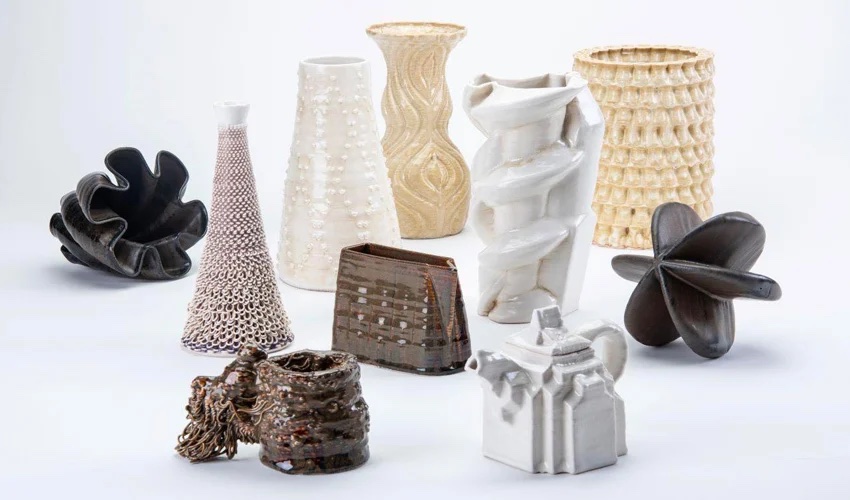In recent years, 3D printing has revolutionized the manufacturing industry, offering unprecedented possibilities for creating intricate designs and prototypes. However, a crucial question that arises is the durability of 3D printing materials. Are they capable of withstanding the test of time and fulfilling the requirements of various applications? In this article, we delve into the realm of 3D printing materials, examining their durability, strengths, limitations, and potential applications.
- Understanding 3D Printing Materials:
To comprehend the durability of 3D printing materials, it is essential to grasp the fundamentals. 3D printing materials encompass a wide range of substances, including plastics, metals, ceramics, and composites. Each material possesses unique properties that influence its durability, such as tensile strength, impact resistance, flexibility, and heat resistance. - Evaluating Durability Factors:
a. Tensile Strength and Structural Integrity:
Tensile strength determines a material's ability to withstand pulling forces without breaking. We explore how different 3D printing materials fare in terms of tensile strength and their suitability for load-bearing applications.
b. Impact Resistance and Toughness:
Materials used in 3D printing must exhibit resistance to impact and possess toughness to withstand sudden shocks or collisions. We analyze various materials and their performance in impact tests, shedding light on their durability in real-world scenarios.
c. Environmental Factors:
Durability is not limited to mechanical properties alone. We examine how 3D printing materials fare under different environmental conditions, including exposure to UV radiation, moisture, and temperature variations. This analysis helps us understand the long-term stability and reliability of these materials.
- Applications and Case Studies:
a. Aerospace and Automotive Industries:
We explore how 3D printing materials have found applications in the aerospace and automotive sectors, where durability is of utmost importance. From lightweight components to complex geometries, we highlight success stories and advancements in these industries.
b. Medical and Prosthetic Devices:
The medical field demands durable materials for implants, prosthetics, and surgical tools. We discuss the use of 3D printing materials in this domain, focusing on biocompatibility, sterilization, and long-term performance.
c. Consumer Goods and Electronics:
From consumer electronics to household appliances, 3D printing materials have made their mark. We delve into the durability requirements of these industries and examine how materials like ABS, PLA, and nylon fulfill their needs.
- Advancements and Future Prospects:
The field of 3D printing is constantly evolving, and researchers are continuously exploring new materials and techniques. We discuss the latest advancements in 3D printing materials, such as high-performance polymers, metal alloys, and bio-based materials. Additionally, we speculate on the future prospects of 3D printing materials, including enhanced durability and expanded applications.
Conclusion:
The durability of 3D printing materials is a multifaceted topic that encompasses mechanical properties, environmental factors, and application-specific requirements. By understanding the strengths and limitations of different materials, we can make informed decisions regarding their usage in various industries. As technology advances and new materials emerge, the durability of 3D printing materials is expected to improve, opening up new possibilities for innovation and design.

